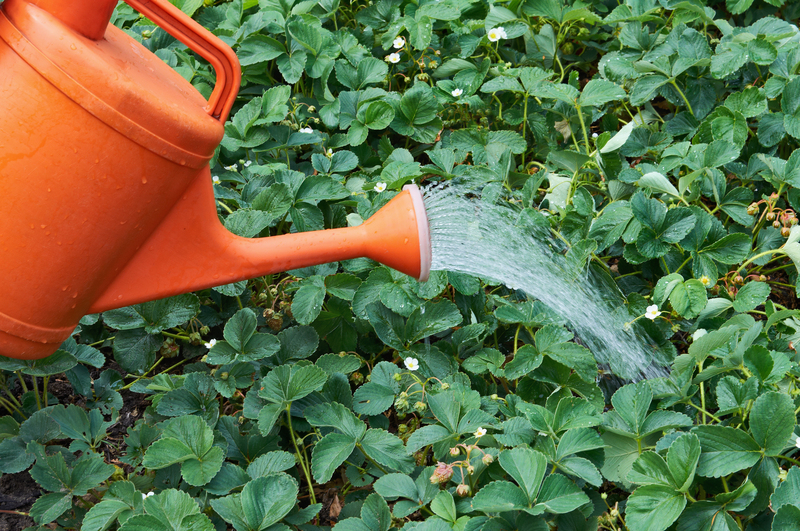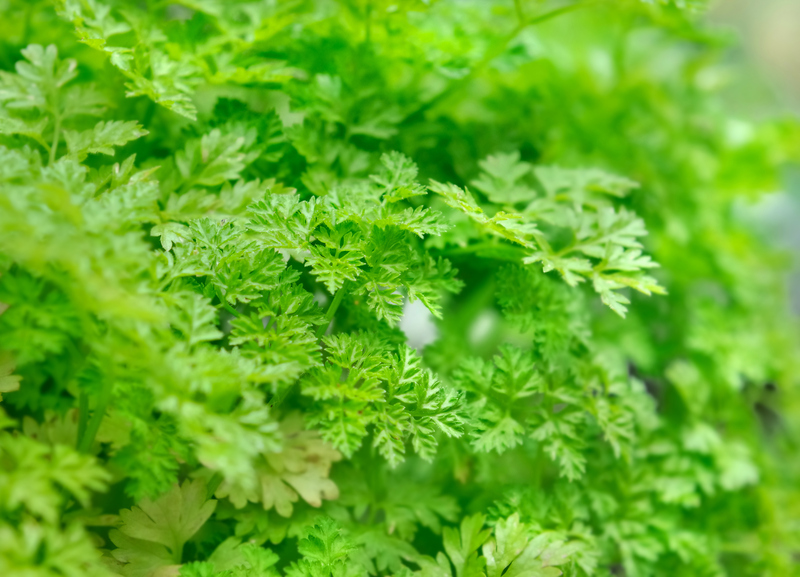Tips for Growing Superfood Blueberries
Posted on 03/10/2024
Blueberries are often hailed as a superfood due to their high antioxidant content and nutritional benefits. These small but potent berries have become increasingly popular among home gardeners. However, growing blueberries requires some specific conditions and care. This comprehensive guide will provide you with useful tips for cultivating these nutritious berries in your own garden.
Choosing the Right Variety
Before you start planting, it's crucial to know that there are different types of blueberries. The most common varieties include Highbush, Lowbush, Half-High, and Rabbiteye. Selecting the right type for your region is essential for a successful yield.
- Highbush: These are the most commonly grown blueberries in North America. They flourish in USDA Zones 4-7 and can grow up to 6-8 feet tall.
- Lowbush: Ideal for colder climates (Zones 3-6), these blueberries are shorter, usually about 1-2 feet tall.
- Half-High: A hybrid of Highbush and Lowbush varieties, they perform well in Zones 3-7 and grow to be about 3-4 feet tall.
- Rabbiteye: Best suited for southern regions in Zones 7-9, these blueberries can grow between 10-15 feet tall.

Soil Preparation
The soil you choose plays a significant role in the quality and yield of your blueberries. Blueberries require acidic soil with a pH range of 4.5 to 5.5. Conduct a soil test to determine your soil's pH. If the soil is not in the desired range, you can amend it using sulfur or peat moss to lower the pH.
Moreover, blueberries prefer well-drained soil rich in organic matter. Avoid planting in clay or heavy soils that retain water, as these can damage the roots and lead to poor plant health. Incorporating compost or well-rotted manure can significantly improve soil quality.
Planting Tips
Timing and technique are critical when planting blueberries. In most regions, the best time to plant blueberries is either in early spring or late fall. Follow these steps for optimal planting:
- Spacing: Plant bushes about 4-5 feet apart to ensure good air circulation and sunlight exposure. Rows should be spaced about 8-10 feet apart.
- Hole Depth: Dig a hole about twice as wide and as deep as the root ball of the plant.
- Planting: Place the blueberry plant in the hole and fill it with amended soil. Make sure the root ball is level with or slightly above the ground surface.
- Watering: Water the newly planted bush thoroughly to settle the soil around the roots.
The Importance of Mulching
Mulching is highly beneficial for blueberry bushes. A layer of mulch helps to regulate soil temperature, retain moisture, and suppress weeds. Organic mulches such as pine needles, straw, or wood chips are ideal choices. Aim to maintain a mulch layer about 2-4 inches thick, replenishing it as needed throughout the growing season.
Watering Requirements
Consistent watering is essential for healthy blueberry plants, especially during the first few years after planting. Blueberries require about 1-2 inches of water per week. However, it's important not to overwater, as waterlogged conditions can lead to root rot.
Drip irrigation systems are highly recommended, as they deliver water directly to the root zone without wetting the foliage, thus reducing the risk of fungal diseases.
Fertilizing Blueberries
Blueberries have specific nutrient requirements. A balanced fertilizer formulated for acid-loving plants is ideal. Avoid using fertilizers that contain nitrates or chlorides, as these can harm blueberry plants. Generally, a slow-release fertilizer applied in early spring and again in late spring will suffice.
Monitor the plants throughout the growing season for any signs of nutrient deficiencies, such as yellowing leaves or stunted growth, and adjust fertilization accordingly.
Pruning for Productivity
Proper pruning is essential for maintaining healthy blueberry bushes and ensuring a good crop yield. Prune the bushes during late winter or early spring when the plants are dormant. The primary goals of pruning are to remove dead or damaged wood, encourage new growth, and improve air circulation.
Here's a basic guide to pruning blueberries:
- Remove any dead or diseased wood first.
- Cut back one-third of the old canes to the ground to encourage new growth.
- Thin out the center of the bush to allow better air circulation and light penetration.
- Remove any weak or spindly growth.
Pest and Disease Management
Blueberries can be susceptible to various pests and diseases. Common issues include birds, aphids, and fungal diseases like powdery mildew. Implementing an integrated pest management (IPM) approach is the best way to minimize these problems.
Here are some tips for pest and disease management:
- Bird Protection: Use netting to cover the bushes and prevent birds from feeding on the berries.
- Aphid Control: Introduce natural predators like ladybugs or use organic insecticidal soaps to manage aphid populations.
- Fungal Disease Prevention: Ensure good air circulation and avoid overhead watering to reduce the risk of fungal diseases. Apply appropriate fungicides if necessary.

Harvesting and Storing Blueberries
Blueberries typically ripen in mid to late summer, depending on your chosen variety and local climate. The berries are ready for harvest when they are fully colored, firm, and easily detach from the bush with a slight tug. Avoid picking berries that are still green or partially colored, as they will not ripen off the plant.
Once harvested, blueberries can be enjoyed fresh, frozen, or used in various recipes. To store fresh blueberries, keep them in a shallow container in the refrigerator. They can last up to two weeks. For long-term storage, freeze the berries in a single layer on a baking sheet before transferring them to airtight containers or freezer bags. Frozen blueberries can last up to a year.
Conclusion
Growing superfood blueberries can be a highly rewarding experience for home gardeners. With the right variety, proper soil preparation, careful planting, and consistent maintenance, you can enjoy a bountiful harvest of these nutritious berries. By following the tips outlined in this comprehensive guide, you'll be well on your way to cultivating your own thriving blueberry bushes.












